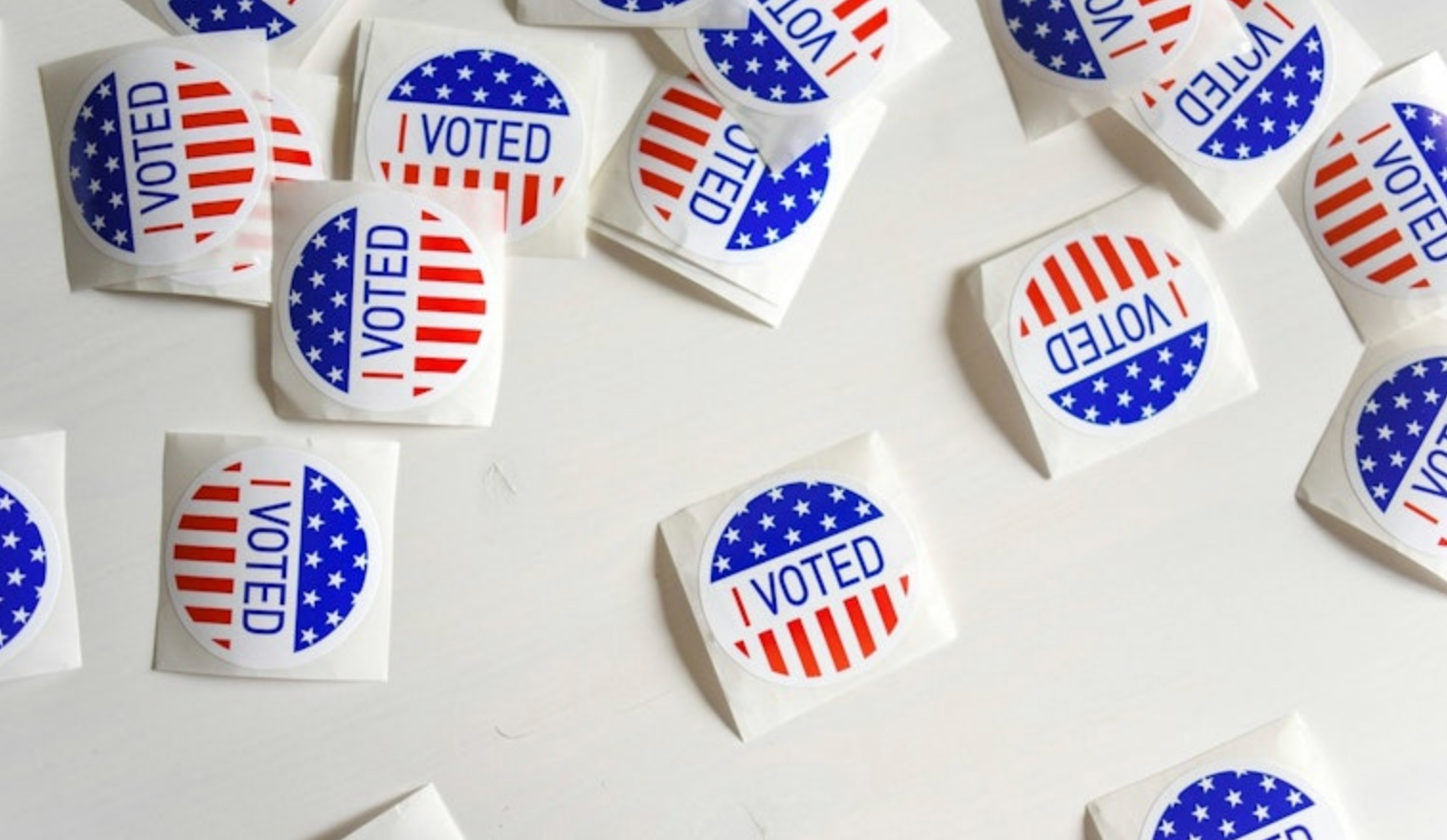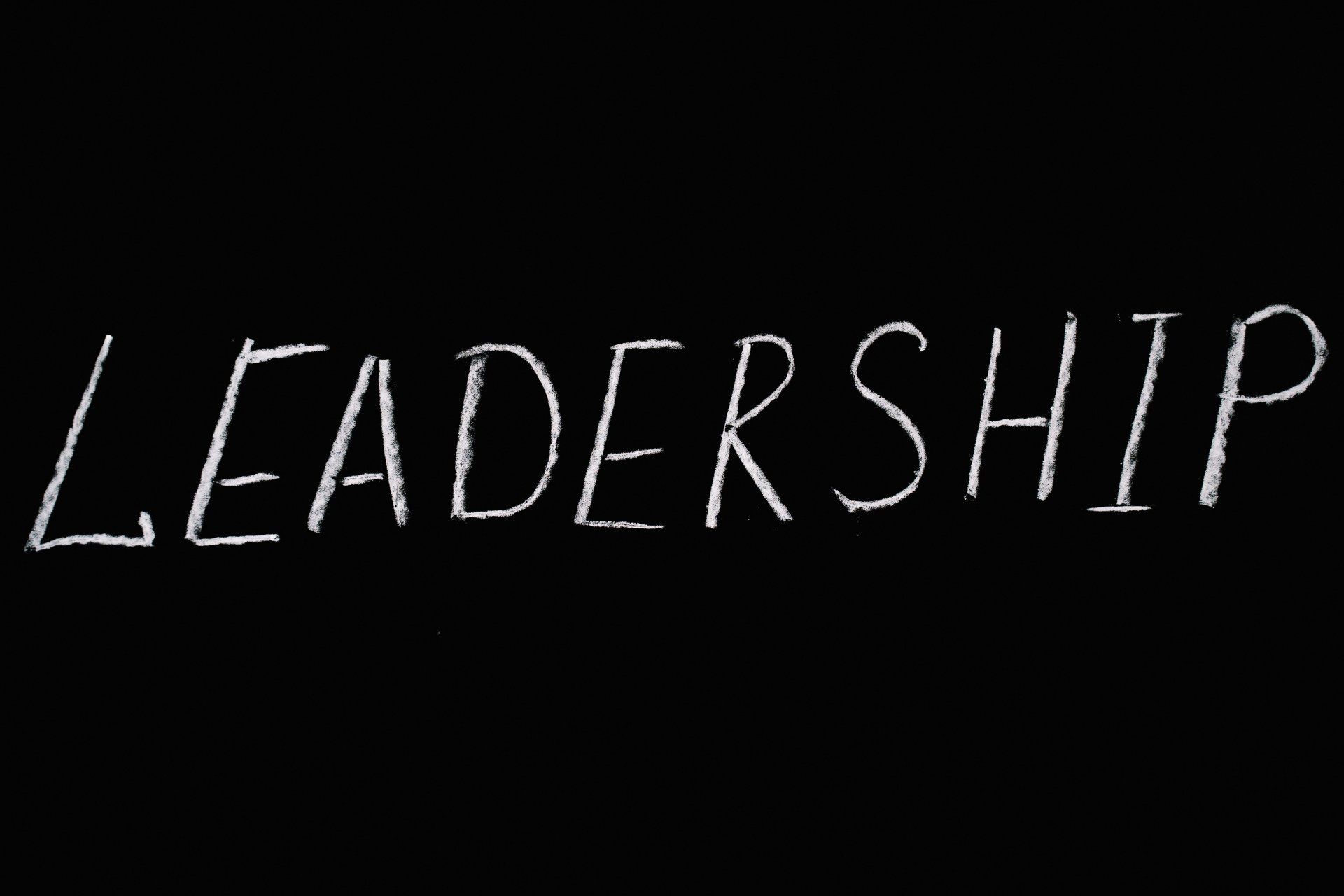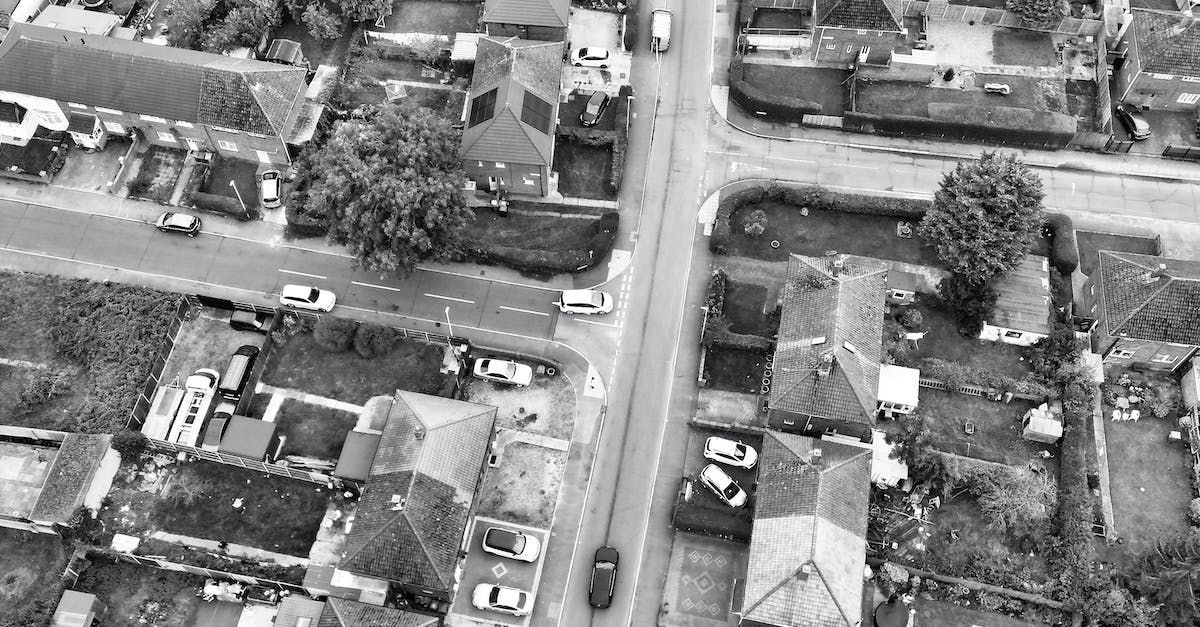Golf Balls and Budgets
Rollbacks and Propositions

As I contemplate the recent decision to roll back golf ball technology, a striking parallel emerges with the challenges faced in modern municipal budgeting, particularly under the constraints of Proposition 2 1/2 in Massachusetts. This parallel offers insightful lessons for my followers and professional networks, shedding light on the complexities of balancing innovation and regulation in both fields.
The Golf Ball Technology Rollback: A Lesson in Regulation
The golf world has been abuzz with the decision to limit golf ball performance. This move, aimed at preserving the integrity of the game, echoes the regulatory measures often seen in public administration. Just as the rollback aims to maintain traditional golf course designs and challenge players' skills, municipal governments frequently navigate regulations designed to maintain fiscal responsibility and community values.
Proposition 2 1/2 and Municipal Budgets: Striking a Balance
In Massachusetts, Proposition 2 1/2 has been a significant limiting factor for municipalities. This regulation, which caps property tax increases at 2.5% annually, presents a parallel to the golf ball technology limits. It reflects an effort to control growth and protect taxpayers, but also brings challenges. Municipalities, much like golfers adjusting to new ball technology, must find innovative ways to deliver services and fund projects within these confines.
Innovation Within Constraints: A Key to Success
The key lesson here is about innovation within constraints. Just as golfers must adapt their strategies to maximize performance within equipment limits, municipalities must find creative solutions to optimize their budgets. This often involves prioritizing essential services, seeking alternative funding sources, and engaging in more efficient operational practices.
Collaboration and Public Engagement: Essential Tools
Another parallel lies in the importance of collaboration and public engagement. In golf, the rollback decision involved extensive consultations with players, manufacturers, and other stakeholders. Similarly, effective municipal budgeting requires engaging with community members, understanding their needs, and explaining the trade-offs involved in budget decisions.
Looking Ahead: Challenges and Opportunities
As we move forward, both the golf world and municipal governments face ongoing challenges. For municipalities under Proposition 2 1/2, the task is to continue delivering quality services amidst fiscal constraints. This may involve advocating for legislative changes, exploring new revenue sources, or reimagining service delivery methods.
Conclusion: Lessons for Professionals
For professionals in my network, the golf ball technology rollback serves as a metaphor for the challenges we face in various fields, especially in public sector management. It reminds us of the importance of adapting to regulations, innovating within constraints, and engaging with stakeholders to achieve the best outcomes. Whether in sports or municipal governance, the ability to navigate limitations creatively is a skill of immeasurable value.










